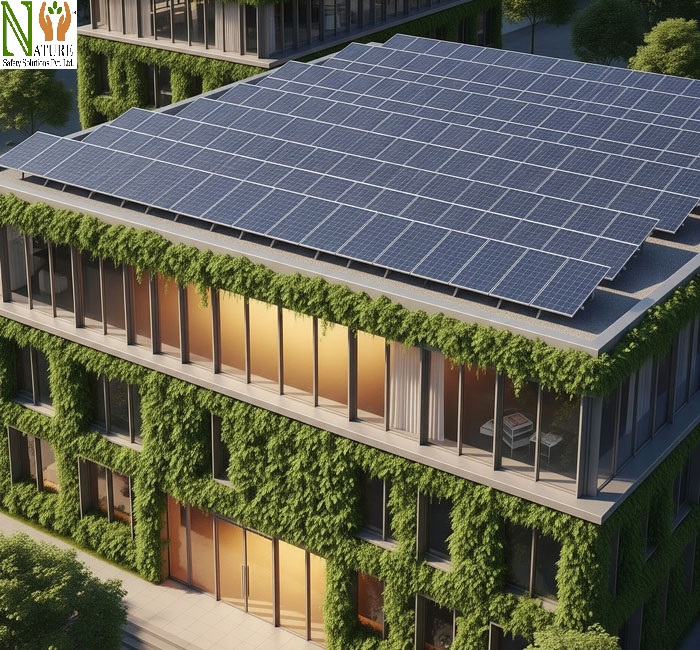As the world becomes more conscious of environmental challenges, the way we design and build structures is changing. Green buildings, once considered a trend, are now leading the future of construction.
These environmentally responsible buildings are not just good for the planet—they also offer real financial benefits to homeowners, businesses, and communities. From lower energy bills to increased property value, green buildings prove that sustainable living is a smart investment.

What Makes a Building “Green”?
A green building is designed and constructed to reduce its impact on the environment while improving the health and comfort of the people inside.
These buildings use fewer natural resources, generate less waste, and often rely on renewable energy. Key features of green buildings include:
- Energy-efficient lighting and appliances
- Better insulation and ventilation
- Use of sustainable or recycled materials
- Water-saving systems
- Solar panels or other renewable energy sources
- Smart design for natural light and airflow
These elements come together to reduce the building’s carbon footprint and overall operating costs.
Energy Savings That Add Up
One of the most noticeable benefits of a green building is energy savings. With efficient insulation, smart windows, LED lighting, and advanced climate control systems, green buildings use much less energy than traditional ones. In many cases, green buildings consume 30% to 50% less energy, which directly lowers utility bills.
Some buildings even produce their own power through solar panels, wind systems, or geothermal technology. Over time, the savings from reduced electricity use can add up to thousands of dollars, especially in commercial properties or large homes.
Water Efficiency for Lower Bills
Green buildings are also designed to use water more efficiently. Features like low-flow toilets and faucets, rainwater harvesting systems, and native landscaping that doesn’t require much irrigation can dramatically reduce water use. In areas where water is expensive or scarce, these systems can result in significant savings over time.
Healthier Living Spaces
While cost savings are important, green buildings also offer health benefits. They often use non-toxic materials, avoid harmful chemicals, and provide better indoor air quality.
Natural light and proper ventilation can boost comfort, productivity, and overall well-being. This is especially valuable in offices, schools, and healthcare facilities, where indoor environments directly affect performance and recovery.
Higher Property Value and Demand
Today, buyers and tenants are increasingly looking for energy-efficient, eco-friendly buildings. Studies show that green buildings often have higher resale value and attract more interest in the market. Commercial properties with green certifications also enjoy lower vacancy rates and higher rental income.
Investing in a green home or office can increase your property’s long-term value while helping meet sustainability goals.
Incentives and Support
To encourage greener construction, many governments and local agencies offer financial incentives. These may include:
- Tax credits
- Rebates for energy-efficient appliances
- Grants for installing solar panels
- Reduced property taxes
These programs help offset the higher initial cost of green construction or renovation, making it more accessible to individuals and businesses.
Long-Term Investment with Lasting Impact
While green buildings may sometimes cost more upfront, the long-term savings in energy, water, maintenance, and health costs make them a wise financial choice. And beyond money, they reduce greenhouse gas emissions, fight climate change, and create a better future for everyone.
Whether you’re building new or upgrading an existing space, going green is no longer just an environmental choice—it’s a smart, cost-effective one.
Also read:-
- Small Habits, Big Impact: Everyday Actions That Help the Planet
- Green Barriers: Nature’s Shield Against Pollution
- Green Office Practices: Small Steps Toward a Sustainable Future
- Zero Waste Workplaces: How Companies Are Leading the Way
- Why Environment, Health & Safety Matters More Than Ever
- The Hidden Impact of Food Waste on Our Environment
